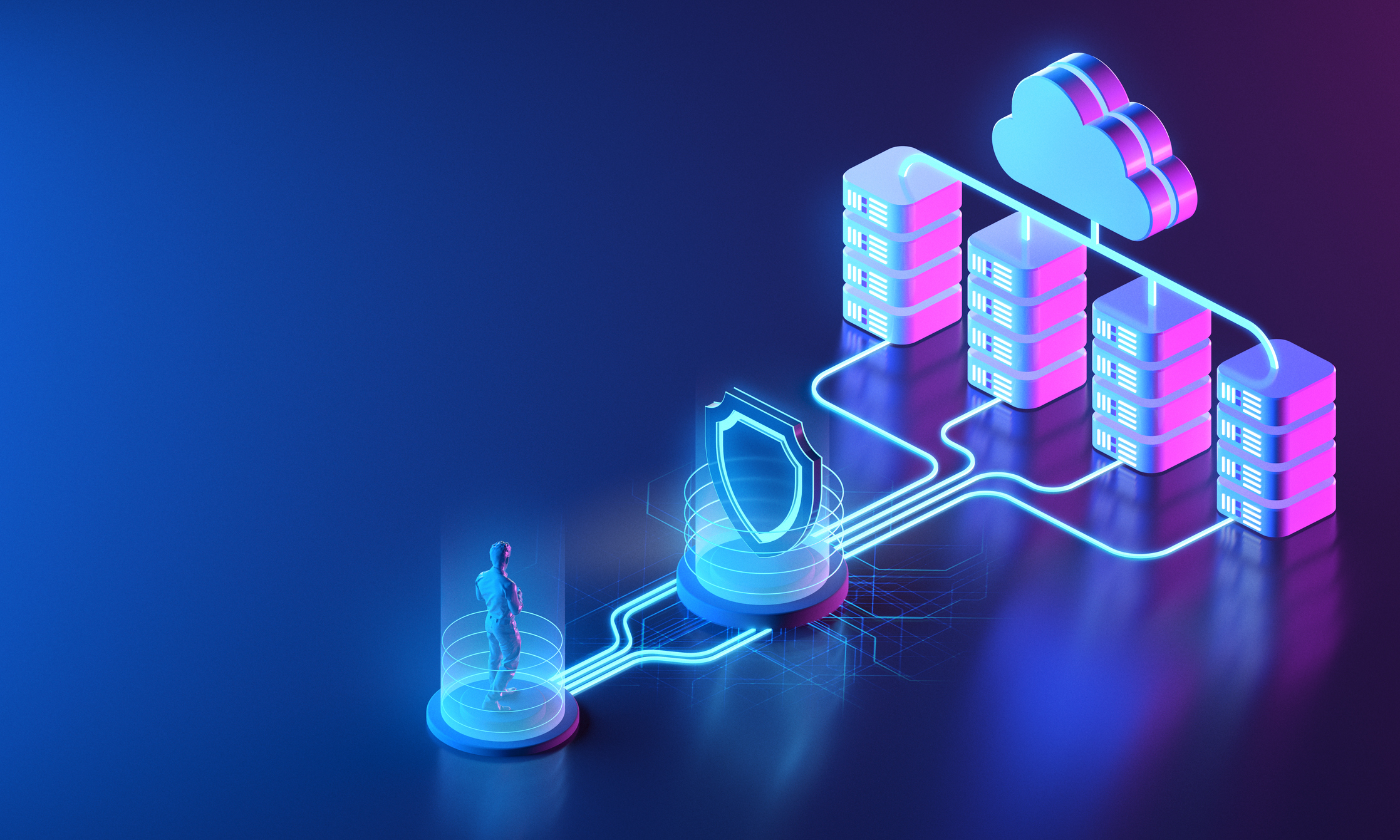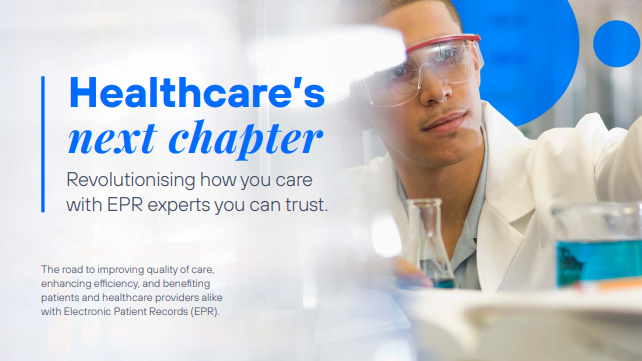How Elanco used newfound independence to rebuild its tech from the ground up
For animal healthcare company Elanco, going independent presented an opportunity to integrate new infrastructure through iPaaS and onboard hundreds of business-critical applications


Rebuilding all your systems from scratch might be something from a tech executive’s daydreams, or possibly nightmares. But in some situations, it’s the only way forward.

In March 2019, animal health company Elanco completed its separation from Eli Lilly to become an independent company. Elanco has more than 200 brands across everything from products for farm animals to those for household pets, in over 100 countries around the world.
“At the point of separation, we got this opportunity to rebuild all of IT from the ground up,” says Matthew Bull, CTO and CISO at Elanco, in conversation with ITPro. “Not just all of the tech, but also the people and processes around that. That’s a pretty unique scenario.”
The task ahead was sizeable. Before spinning off on its own, Elanco was completely reliant on IT services from its parent company, meaning it now faced a two-year project to build many systems from scratch. It would also be forced to tackle the technical debt that came with the haul of more than 1,100 in-house applications central to its critical business processes.
All of this had to be completed while continuing to provide services to 15,000 users – a combination of employees and contractors – across 65 sites.
“This was exciting because in the space of 18 months to two years we basically got to rebuild everything. And when I say everything, I literally mean everything,” Bull says.
“Every laptop was reprovisioned, all new cloud environments were stood up, every application was assessed and migrated. We stood up HR services, ERP services; the list goes on and on and that in itself was unique,” he says.
Get the ITPro daily newsletter
Sign up today and you will receive a free copy of our Future Focus 2025 report - the leading guidance on AI, cybersecurity and other IT challenges as per 700+ senior executives
While speed was key with the project, Bull’s team also saw it as a unique opportunity to position tech as a competitive advantage for the company.
“Very rarely do companies get to pull the reboot lever and build an all-new very modern stack. We had to work with a massive range of vendors and partners to execute that change,” Bull adds.
Migrating your tech stack in difficult circumstances
The first major hurdle to overcome was completing much of the work during the pandemic. With the shift happening physically as well as virtually, having restricted access to some sites slowed the process just when things were getting underway.
Bull and his team also had to contend with shifting project parameters. Partway through the separation from Eli Lilly, Elanco acquired the firm Bayer Animal Health, which almost doubled the size of the organization and increased the scale of the project further. Overall, Elanco had to manage the migration of over 1,000 apps, which also included some app modernization and consolidation.
“That was the application estate that we started with, that was running the business, and that ultimately needed to be translated into the new ecosystem,” Bull says.
As part of this, Elanco opted for the Boomi platform, an iPaaS (integration platform as a service) offering that helped support it through its vast application migrations. The solution also assisted Elanco as it shifted to Microsoft Azure, interconnecting source and destination systems through Boomi’s pre-built integrations. Bull tells ITPro that Boomi’s low-code capabilities have allowed Elanco to “significantly” reduce its operational complexity.
When it came to moving away from its legacy tech, Bull tells ITPro that Elanco used Boomi for its app-to-app integrations “especially where we still have pockets of legacy” and to support a “massive range of integrations” into its core SAP system. Bull says the Boomi offering was used for business process orchestration and data transit and manipulation.
“We see it as an integration layer in our environment,” he says of the Boomi product, which his team uses for system-to-system integrations especially where processes are not standardized. This might mean the data coming through is not in a standard format or doesn’t conform to an open application programming interface (API) model to allow it to be integrated natively.
Bull adds Boomi’s low-code capabilities have allowed Elanco to “significantly” reduce its operational complexity. Because Boomi has prebuilt connectors that target a lot of the common integration use cases, Elanco could configure them to meet particular needs, which meant that much of the hard work was done up-front.
“That was hugely beneficial, and we used that a lot for critical business processes, processes that were running through our value chain ultimately triggering events or certain interactions within different systems,” he says.
“Boomi is highly versatile middleware that enables us to do a lot of work very quickly, without us having to reinvent the wheel each and every time – which we didn’t have the time or the money for."
Using middleware for eased integration
While Elanco’s strategy is cloud-first, that doesn’t do away with the need for integrations. The reality is that even in the cloud there’s a lot of diversity in terms of standards and there is still the need to transform data that is moving from one location to another, and often there’s not always a native mechanism to do that.
That’s particularly true in niche areas such as manufacturing and life sciences research and development, where there are many specialist instruments and pieces of machinery running at sites that don’t necessarily conform to modern data standards. Nevertheless, these devices still need to integrate with the broader infrastructure to deliver end-to-end efficiency, Bull explains.
RELATED WHITEPAPER

“That’s where having some consistent middleware is very valuable. You could do this yourself [with] bespoke custom integrations every time, that’s technically possible, but you would probably burn a lot of time and effort and create a lot of complexity.
While few companies will have to go through the process of building all their systems from scratch in just a couple of years, integrating systems and transforming data is something that most will be familiar with. Here, Bull says that simplicity is the key.
He explains that for all companies there is a "huge benefit” in being able to simplify integrations because a lot of the time when systems or processes fail the problem can often come down to where two systems meet.

“When you are bringing systems together, which is an unavoidable scenario in most enterprise businesses, that’s where you find a lot of problems,” he says.
“If you have a very complex integration landscape tracking down the root cause of those problems and remediating them can be a huge effort. For me, simplicity shouldn’t be overlooked in this space."
Steve Ranger is an award-winning reporter and editor who writes about technology and business. Previously he was the editorial director at ZDNET and the editor of silicon.com.
-
 Bigger salaries, more burnout: Is the CISO role in crisis?
Bigger salaries, more burnout: Is the CISO role in crisis?In-depth CISOs are more stressed than ever before – but why is this and what can be done?
By Kate O'Flaherty Published
-
 Cheap cyber crime kits can be bought on the dark web for less than $25
Cheap cyber crime kits can be bought on the dark web for less than $25News Research from NordVPN shows phishing kits are now widely available on the dark web and via messaging apps like Telegram, and are often selling for less than $25.
By Emma Woollacott Published